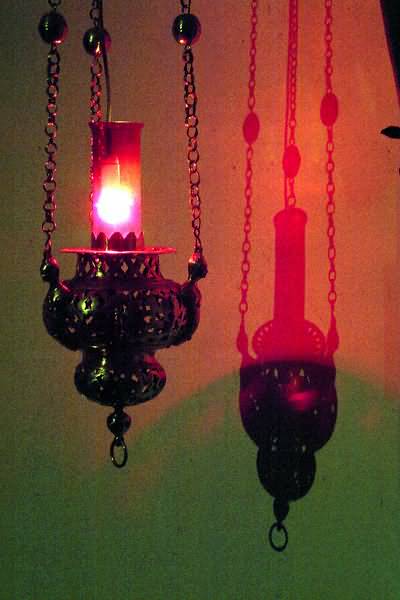The historic parish of Saint Alice the
Hapless dates back to the ninth century when a Saxon mission built a small
church on the site of what is now the parish church. Nothing remains of
that building except a few shards of wood now kept within the 14th century high
altar. The present building was begun in 1395 and has been added to over
the centuries. A Lady Chapel was built in 1466, demolished in the
Reformation, rebuilt in 1688, repaired in 1707, repositioned in 1800, re-ordered
in 1899 and eventually painted in 1956. The most recent addition is a
telephone cubicle in the belfry containing a Samaritan freephone connection, and
an outside tap for the churchyard Millennium Hosepipe - both blessed by the
outgoing Bishop of Wenchoster in 2000.
The
parish remains thinly populated for most of the year but becomes a busy resort
during the summer months. Thousands travel to enjoy the glorious
Broadwench Sands and swim in the channel. The dunes remain an attraction
for all ages - as do the narrow lanes and conveniently shaded paths. The
Shrine of Our Lady of the Dunes has been closed for many years due to lack of maintenance
funding, but it opens as a place of pilgrimage (escorted) during the summer
months of July and August. Applications for postulants of the Sisters of
the Shifting Sands should be sent to the Dean at the Diocesan Office.
Admissions are limited to three every year, weather permitting.
Somewhere in this parish was located the Nunnery of Shaston Farthing which was
dissolved by Henry VIII in 1536. The buildings were dismantled by local people,
and many of the stones can be found today in the older houses of Overcamp. The
original location of the Church (dedicated to St. Miriam the Virgin), together
with the dormitories, apothecarium, lavatorium and refectory, is now uncertain. The
Archdeaconry takes its name from this medieval female enclosed community.
Also in this parish was the village of East Broadwench which fell into the sea
during the Great Gale of December 11th 1827. The whole community, including the
Norman church of St. Phoebe the Thick, was destroyed in the space of five hours as
the sea eroded the coastline. No trace of it now remains though local legend
says that at high tide on the yearly anniversary of the tragedy the bells of
the parish church can still be heard tolling under the waves.
The Suffragan
Bishop of the Diocese of Wenchoster still holds East Broadwench as his title.

A map of Overcamp (and a selection of other villages in Wenchoster) can be
viewed by following the links on our Diocesan website.